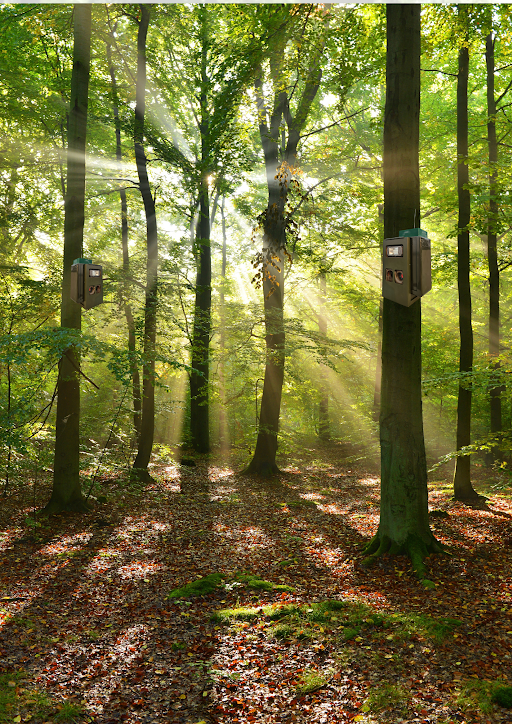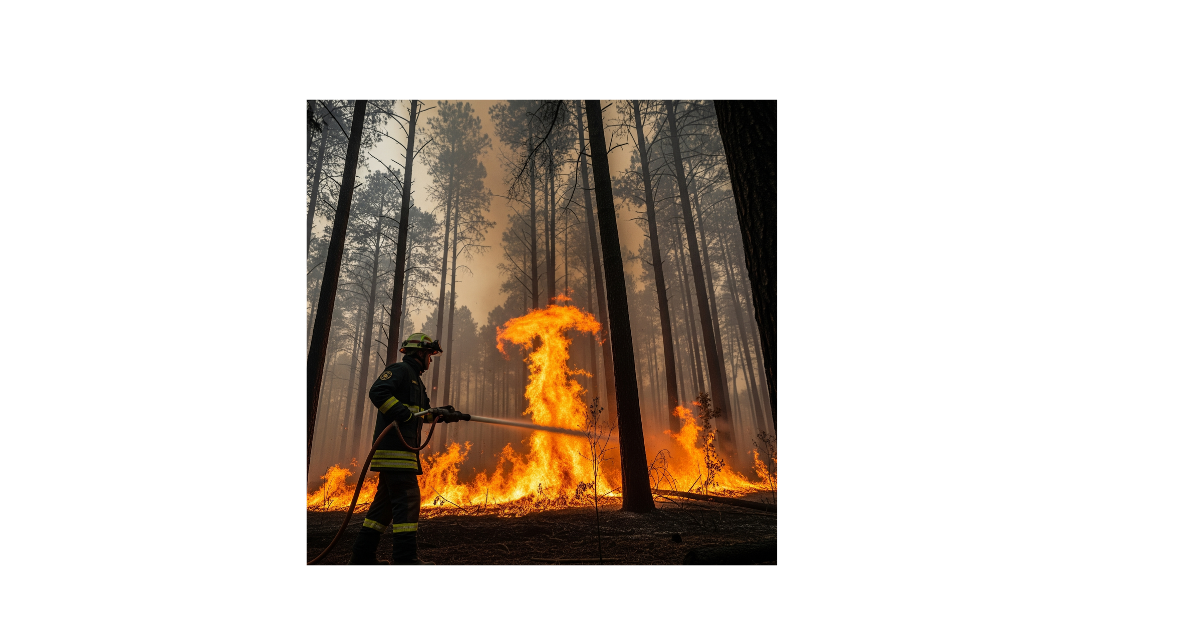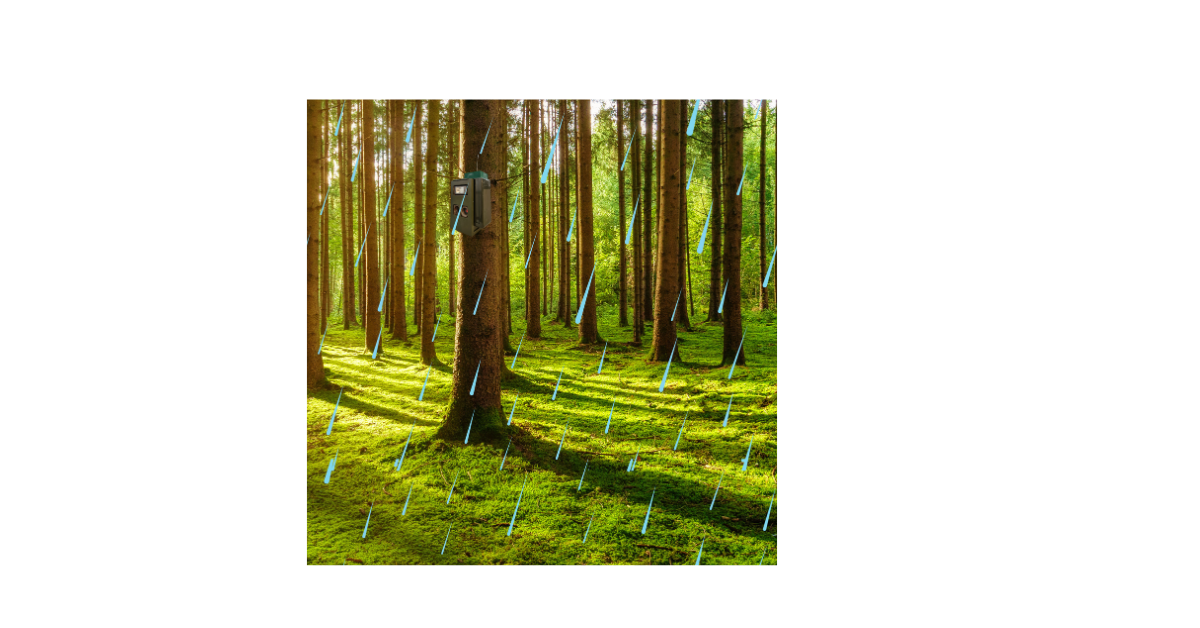
Forests Speak. Vandyam Listens.
Forest Protection
Every rustling leaf, shifting breeze, and sudden heat tells a story. Vandyam's smart sensors decode these signals—tracking wildfires, air quality, and environmental changes to help protect forests and the future they hold.

Challenges We Address
Our Solutions in Action
Forest Fire Detection & Early Warning
Deploying AI-enhanced cameras, satellites, infrared sensors, and IoT networks enables rapid detection of smoke, heat anomalies, and gas emissions—often before a fire becomes visible—and triggers instant alerts to facilitate early intervention and reduce wildfire damage.

Wildlife Movement Tracking & Poaching Prevention
GPS or radio collars continuously transmit animal locations, enabling rangers to monitor movements, detect suspicious inactivity or intrusion in real time, and respond swiftly—resulting in up to 50% reduction in poaching incidents in some protected areas.

Rainfall & Microclimate Monitoring
Dense networks of soil moisture, temperature, humidity, and rainfall sensors measure local microclimatic conditions in real time, supporting ecosystem health assessments, fire-risk modeling, agricultural planning, and water resource management.

Deforestation & Illegal Logging Detection
Machine vision, satellite imagery, drone surveillance, and ground sensors detect tree cover loss and human activity patterns—allowing forest managers to identify illegal logging events, delineate affected areas, and alert authorities for rapid enforcement action.

Forest Border Intrusion Detection
Wireless sensor networks—using motion detectors, acoustic sensors, and camera systems—along forest perimeters detect human movement or breaches, generating immediate alerts to forest patrols and preventing unauthorized entry or encroachment.

Frequently Asked Questions
Find answers to common questions about our wildlife monitoring system
No, our devices are eco-friendly, non-invasive, and designed to protect natural habitats without disturbing wildlife.
No, they are lightweight and ergonomically designed to avoid impacting the animals' natural behavior.
Using our mesh network we can cover vast area of forest with maximum distance of 4 Km between one gateway to another gateway with a proper Line of sight.
Yes, our devices function independently of mobile networks, making them ideal for remote areas.
The modular design allows you to easily add more devices and gateways to cover small to very large areas as needed.
The lead time of the products is 2 months.
Still have questions? Contact us for more information.
